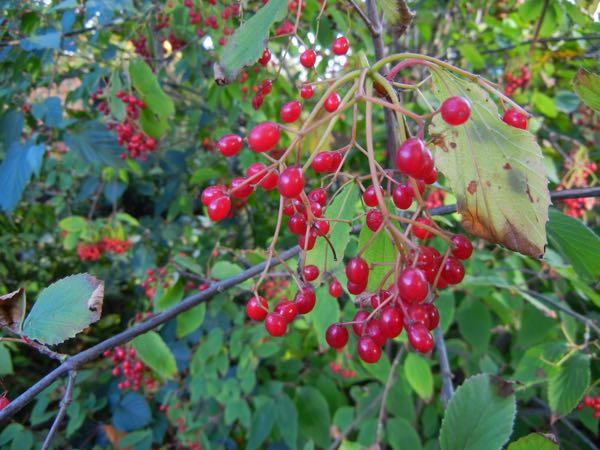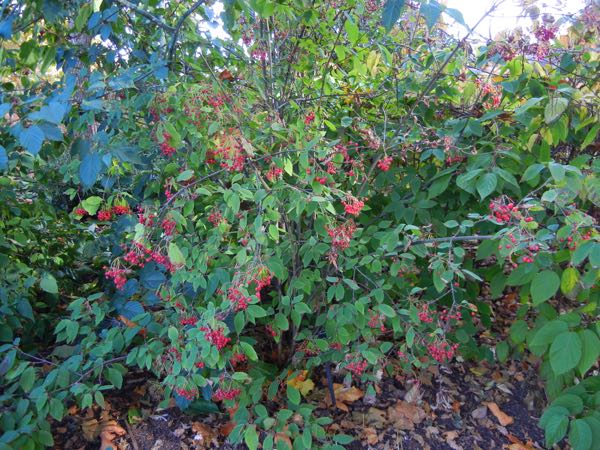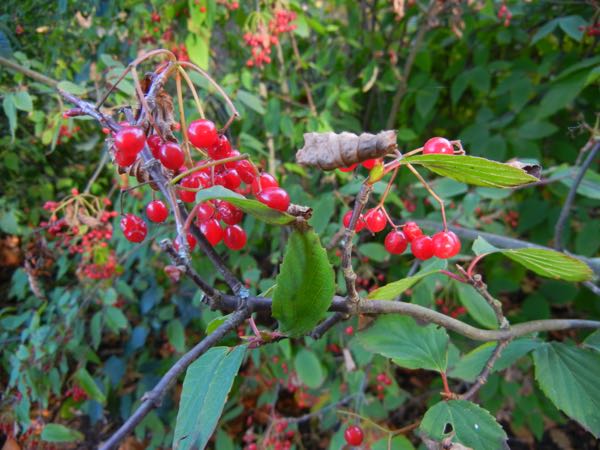Viburnum setigerum: Unveiling the Beauty of Tea Viburnum
Viburnum setigerum, commonly known as Tea Viburnum, is a captivating multi-stem deciduous shrub that adds elegance and natural charm to gardens and landscapes. Belonging to the Adoxaceae family, this remarkable plant is native to the central and western regions of China. With its attractive foliage, delicate flowers, and abundant berries, Viburnum setigerum is a favorite among garden enthusiasts and nature lovers alike.
Distinctive Characteristics: Reaching heights of up to 12 feet (4 meters), Viburnum setigerum showcases a robust and upright growth habit. Its dark green foliage, consisting of ovate-lanceolate to oblong leaves, provides an appealing backdrop for its stunning floral display. The leaves are toothed along the edges, adding texture to the shrub’s overall appearance. The origin of its common name, Tea Viburnum, lies in the tradition of making tea from its leaves, which have been valued for their unique flavor.
Flowering and Fruiting: Viburnum setigerum delights with its white flowers, arranged in flat-topped clusters known as cymes. These charming blossoms grace the shrub in early summer, creating a visually pleasing spectacle. However, it is the autumn season that truly showcases the beauty of the Viburnum setigerum. As summer transitions to fall, the shrub produces an abundance of small, ovoid red berries. These vibrant fruits dangle from the branches, providing a feast for the eyes and attracting birds to the garden. While the flowers may be modest in comparison to the striking berries, their collective impact adds a touch of natural elegance to any landscape.

How to grow Viburnum setigerum:
To ensure optimal growth and abundant flowering, consider the following guidelines for cultivating Viburnum setigerum:
Light and Soil Requirements: Viburnum setigerum thrives in areas with full sun to partial shade. When selecting a planting location, choose an area that receives ample sunlight throughout the day. The shrub adapts well to a variety of soil types, but it prefers moist and well-drained soil. Ensure proper drainage to prevent waterlogging, which may be detrimental to the plant’s health.
Pruning and Maintenance: Viburnum setigerum generally requires minimal pruning. However, occasional trimming can be done to maintain a desired shape or remove any dead or damaged branches. Pruning should be performed after the flowering period to avoid disrupting the next season’s blooms.
Pollination and Fruit Production: To maximize fruit production, it is beneficial to plant multiple Viburnum setigerum specimens in close proximity. Cross-pollination between the plants enhances fruit set, resulting in a more abundant crop of vibrant red berries.
Pest and Disease Resistance: Viburnum setigerum is known for its resilience and is relatively disease-free and pest-resistant. However, it is always prudent to monitor the plant for any signs of potential issues and take appropriate measures if necessary.
In summary, Viburnum setigerum, or Tea Viburnum, stands as a testament to the beauty of nature. From its dark green foliage and delicate white flowers to its vibrant red berries, this deciduous shrub captivates with its seasonal transformations. With proper care and placement in the garden, Viburnum setigerum can become a cherished addition, adding visual interest, attracting wildlife, and reminding us of the beauty found in the natural world.





